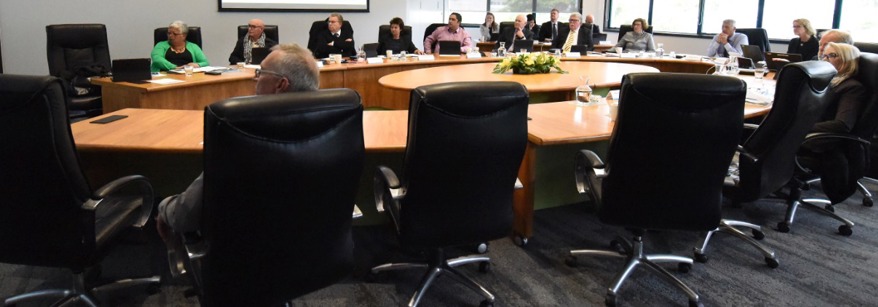Whakatāne District Council has applied for resource consents for a Comprehensive Stormwater Consent for the Whakatāne Township (various locations within the urban and settlement areas identified in the application). Resource consents sought are:
- To discharge stormwater to land, wetlands, and water from multiple locations within the urban areas and settlements subject to the application;
- To undertake associated land disturbing activities and activities within the Coastal Marine Area (CMA) and/or watercourses;
- To undertake maintenance activities on the stormwater network, including ongoing operations and upgrades (replacements, demolition and improvement works).
Submissions on this application close at 5:00pm on Wednesday, 19 June 2024.
Documents
- AEE - WDC CSC Consent Application
- AEE (minus appendices) - WDC CSC Consent Application
- Appendix 01 - Whakatane Urban Area Stormwater Catchment Description - WSP
- Appendix 02 - Whakatane CSC Potential effects on ecology and water quality - Hamill
- Appendix 03 - Whakatane CSC Monitoring Plan DRAFT - Hamill
- Appendix 04 - Whakatane Urban Stormwater Modelling - WSP
- Appendix 05 - Whakatane Urban Catchment Management Plan DRAFT
- Appendix 06 - Existing Consents
- Appendix 07 - Asset Management Plan Stormwater 2018
- Appendix 08 - Stormwater Quality Monitoring Report - WSP
- Te Runanga o Ngati Awa as Cultural Impact Assessment WDC Comprehensive Stormwater Consent CSC
- TRONA-NGATI AWA PROTOCOL FOR DEALING WITH KOIWI OR TAONGA TUTURU OR SITES OF SIGNIFICANCE -WDC CSC
- Appendix 10 - Application forms
- Further Information Request
- Further Information Request - Clarification
- Advert
- Submission form template


